100 Meter Race
100 Meter Race is a competitive sprinting game where the objective is to reach the finish line faster than the other runners using rhythmic inputs. The gameplay simulates the physical effort of real sprinting by requiring players to alternate between two keys to move the athlete’s legs. Success depends on consistent timing and input rhythm, rather than holding a key or relying on automatic running. The game is structured as a single short race, but the intensity comes from mastering the tempo and beating personal or opponent times. Every race begins with a countdown, followed by a quick burst of action where every step matters.
100 Meter Race is a competitive sprinting game where the objective is to reach the finish line faster than the other runners using rhythmic inputs. The gameplay simulates the physical effort of real sprinting by requiring players to alternate between two keys to move the athlete’s legs. Success depends on consistent timing and input rhythm, rather than holding a key or relying on automatic running. The game is structured as a single short race, but the intensity comes from mastering the tempo and beating personal or opponent times. Every race begins with a countdown, followed by a quick burst of action where every step matters.
Mechanics and Controls
The player uses two keys—one for each leg—and must alternate between them with precise rhythm to maintain forward motion. If the timing is off, the runner slows down or stumbles, giving opponents an advantage. The speed of movement directly reflects the accuracy and consistency of key presses. There are no boosts, power-ups, or shortcuts; performance depends entirely on coordination. Because the race lasts only a few seconds, any delay at the start or loss of rhythm during the run can be the difference between first and last place.
Competition and Progression
The game includes several AI opponents who become faster and more efficient as the player progresses through each round. While the core gameplay remains the same, the increasing difficulty creates pressure to improve input precision with each race. Starting blocks require fast reaction to the countdown, and the final meters often come down to tight margins. Players can retry races as often as needed to improve their timing and advance further. Unlike games with character upgrades, this one relies only on raw performance.
Visual Presentation and Replay Value
100 Meter Race uses a side-view track with clearly marked lanes, animated runners, and a finish line timer to provide immediate feedback. The simplicity of the visual style keeps attention on the movement and rhythm. After each race, the player sees their finish time and rank, which encourages multiple attempts to beat earlier results. Because of the short length of each round, the game supports quick sessions with fast restarts. Players often return to sharpen their reflexes and aim for smoother runs with perfect rhythm.
Key features of 100 Meter Race include:
- Alternating key-based input system for realistic sprint control
- Short, fast-paced races with increasing opponent difficulty
- No upgrades or power-ups—performance based entirely on timing
- Simple track visuals that reflect player performance clearly
- High replay value driven by personal improvement and timing mastery
100 Meter Race offers a direct and fast sprinting challenge focused on rhythm and control, where consistent input and quick reactions decide every win or loss.
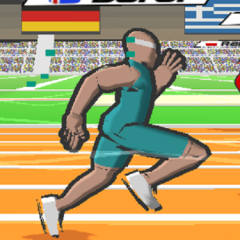

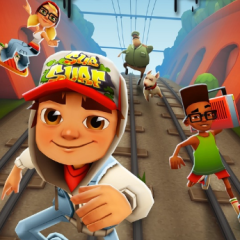
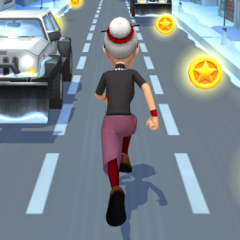

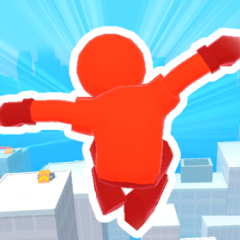
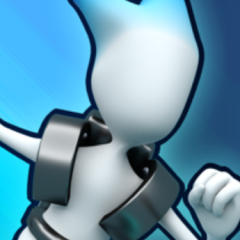


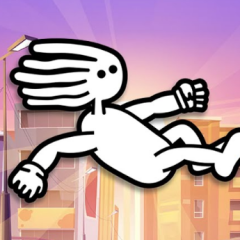
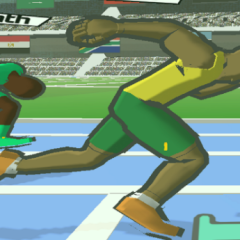

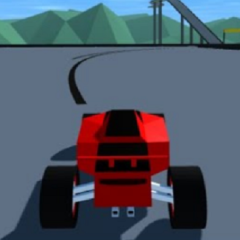
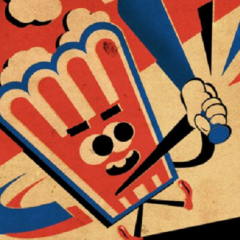
Comments